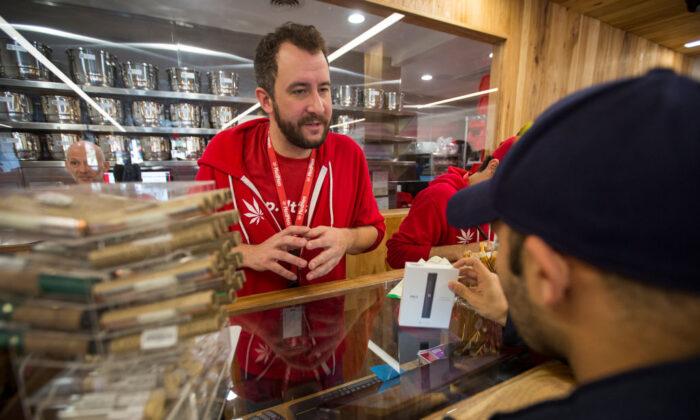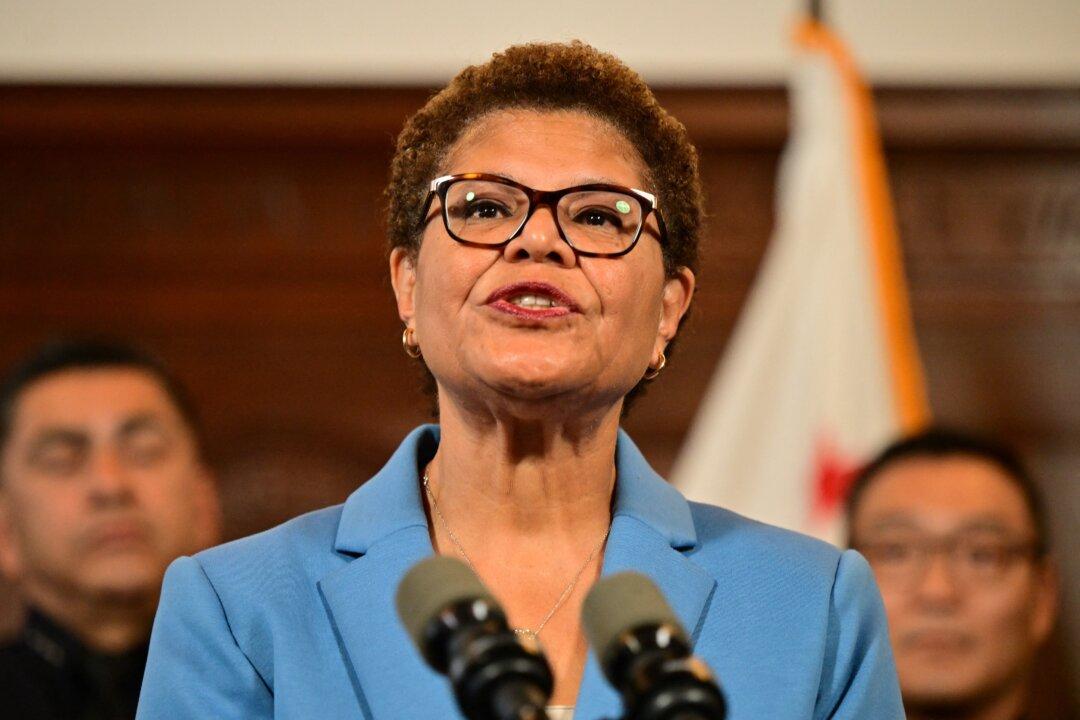Los Angeles County’s new district attorney reinstated the death penalty for special murder cases on March 24, reversing a controversial ban implemented by former progressive District Attorney George Gascón.
District Attorney Nathan Hochman called Gascón’s decision forbidding prosecutors to seek the death penalty for murder “extreme.”
The new policy will consider pursuing the death penalty only after an extensive and comprehensive review, and only in exceedingly rare cases, and restrict the punishment to the most egregious set of circumstances, Hochman stated.
Under the new policy, Hochman’s office reported that defense counsel will be offered enhanced opportunities to share information about the defendant with a committee that reviews special circumstances and with the district attorney when the death penalty is considered.
During the new process, survivors of slain victims will be consulted before a final determination is made about whether to seek the punishment.
“While executions are currently halted in California, we have yet to formally abolish the death penalty,” Gascón said in 2024. “This change is crucial for advocating against the irreversible punishment.”
Gascón’s administration successfully sought resentencing to life without parole for 36 death-row prisoners. One of them later proved their innocence, he said.
Newsom’s second term ends in 2027.
State Assemblyman Tom Lackey, a Republican, agreed with Hochman’s comments on social media on Monday and criticized the governor’s policy.

State law has historically mandated that male prisoners condemned to death be housed at San Quentin State Prison. Women sentenced to death are housed at the Central California Women’s Facility.
The men’s maximum-security facility in San Quentin opened in 1854 and was renamed by Newsom in March 2023 to San Quentin Rehabilitation Center.
With the new program, prisoners are placed in institutions with an electrified perimeter while they are allowed to serve time in the general prison population.
All prisoners previously serving in condemned facilities have been relocated to the general population.







